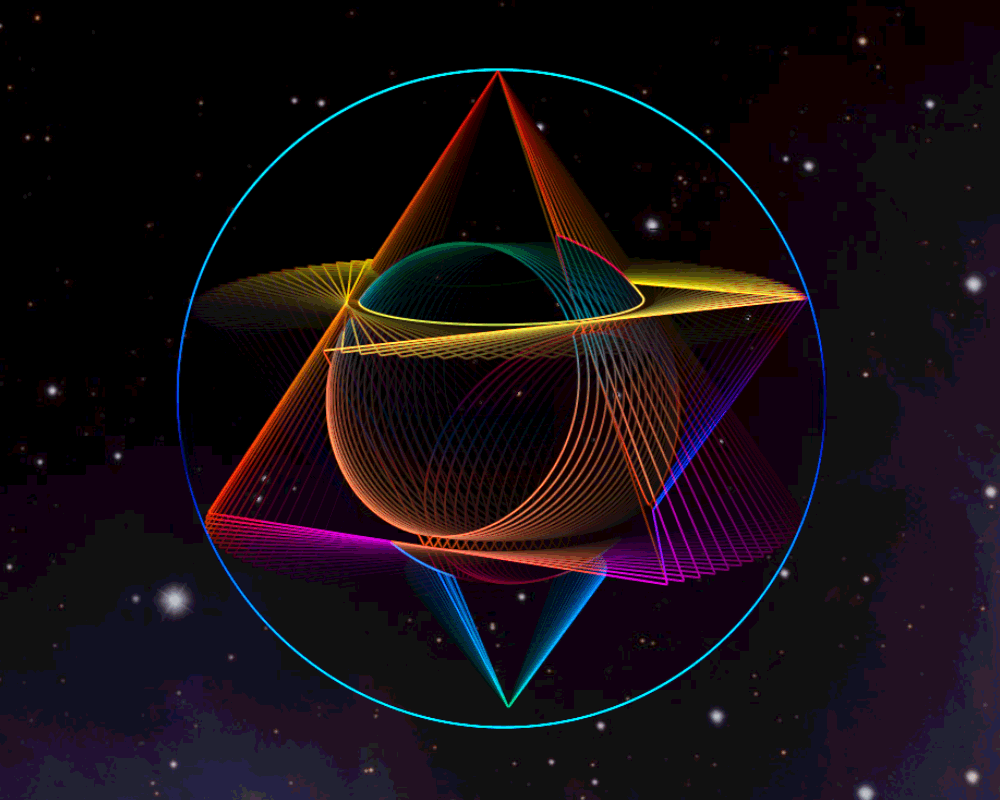Cosmology, the study of the origin, evolution, and eventual fate of the universe, is a field that captivates the human imagination with its vastness and mysteries. At the heart of cosmology lies the intricate dance of galaxies, celestial bodies that form the building blocks of the cosmos.
Understanding Galaxies
What Are Galaxies?
Galaxies are colossal structures composed of stars, planets, gas, dust, and dark matter, bound together by gravity. They come in various shapes and sizes, ranging from spiral and elliptical to irregular formations.
Types of Galaxies
Galaxies can be broadly classified into three main types: spiral, elliptical, and irregular. Spiral galaxies, such as the Milky Way, exhibit a distinct spiral arm pattern. Elliptical galaxies are more elliptical in shape and lack the spiral arms, while irregular galaxies have no specific shape.
The Dance of Galaxies
Gravitational Interactions
The dance of galaxies is orchestrated by the force of gravity. As galaxies move through space, they exert gravitational forces on each other, leading to interactions such as mergers, collisions, and tidal distortions. These interactions can reshape the galaxies involved and trigger the formation of new stars.
Galaxy Clusters and Superclusters
Galaxies are not isolated entities but are often found in groups known as clusters and superclusters. Galaxy clusters contain hundreds or even thousands of galaxies bound together by gravity, while superclusters are vast formations comprising multiple clusters interconnected by cosmic filaments.
Beyond Galaxies: Cosmological Concepts

Dark Matter and Dark Energy
Much of the universe’s mass remains elusive, known as dark matter, exerting gravitational influence despite being invisible to telescopes. Dark energy, on the other hand, is a mysterious force driving the accelerated expansion of the universe, counteracting the gravitational pull of matter.
The Expanding Universe
Observations reveal that the universe is expanding, with galaxies moving away from each other. This expansion suggests that the universe was denser and hotter in the past, leading to the concept of the Big Bang, the initial event from which the universe emerged.
Observing the Cosmos
Telescopes and Observatories
Advancements in telescope technology have revolutionized our understanding of the cosmos. Ground-based observatories and space telescopes, such as the Hubble Space Telescope, enable astronomers to peer deep into the universe, capturing images of distant galaxies and cosmic phenomena.
Cosmic Microwave Background Radiation
The cosmic microwave background radiation is a faint glow permeating the universe, remnants of the hot, dense early universe. Studying this radiation provides valuable insights into the universe’s early history, confirming the Big Bang theory and revealing fluctuations that seeded the formation of galaxies.
The Search for Answers
Unanswered Questions in Cosmology
Despite significant progress, cosmology still grapples with unanswered questions. The nature of dark matter and dark energy remains elusive, and the ultimate fate of the universe, whether it will expand indefinitely or collapse in a “Big Crunch,” remains uncertain.
Current and Future Research
Researchers around the world are actively engaged in unraveling the mysteries of the cosmos. From large-scale surveys mapping the distribution of galaxies to experiments probing the fundamental properties of dark matter, cosmologists are driven by curiosity and the quest for understanding.
Conclusion
Cosmology invites us to contemplate the grandeur and complexity of the universe, from the intricate dance of galaxies to the enigmatic forces shaping its destiny. As we peer into the cosmos, we glimpse not only our past but also our future, igniting a sense of wonder and curiosity that drives the relentless pursuit of knowledge.
FAQs
What causes galaxies to collide?
Galaxies collide due to gravitational interactions, which can result in mergers, tidal distortions, and the formation of new stars.
How do astronomers study dark matter if it’s invisible?
Astronomers infer the presence of dark matter through its gravitational effects on visible matter, such as stars and galaxies.
Is the expansion of the universe accelerating?
Yes, observations suggest that the expansion of the universe is accelerating, driven by a mysterious force known as dark energy.
What role do superclusters play in the cosmos?
Superclusters are vast formations of galaxies interconnected by cosmic filaments, providing insights into the large-scale structure of the universe.
Why is the cosmic microwave background radiation important?
The cosmic microwave background radiation offers a glimpse into the early universe, confirming the Big Bang theory and revealing crucial details about its evolution.




